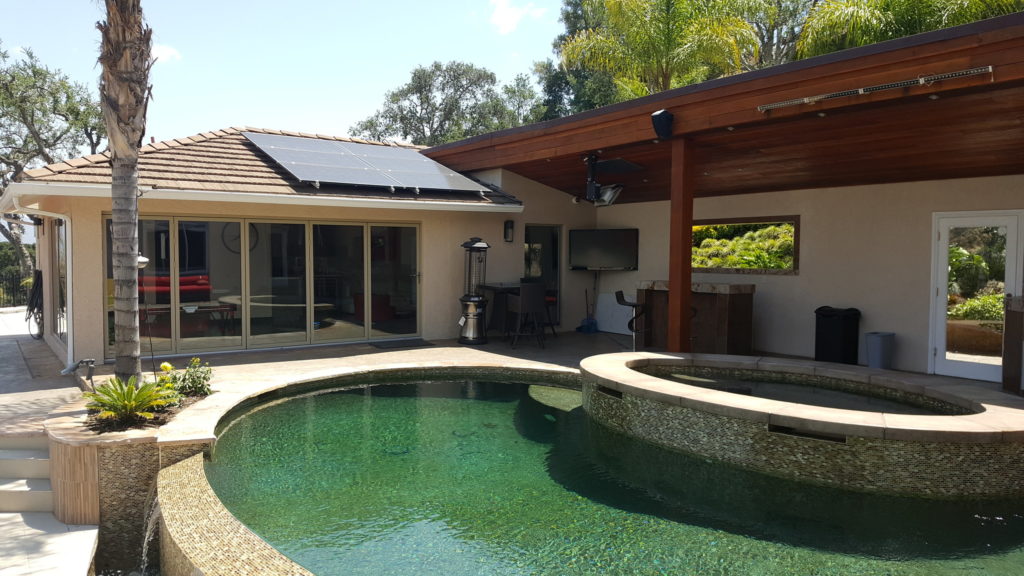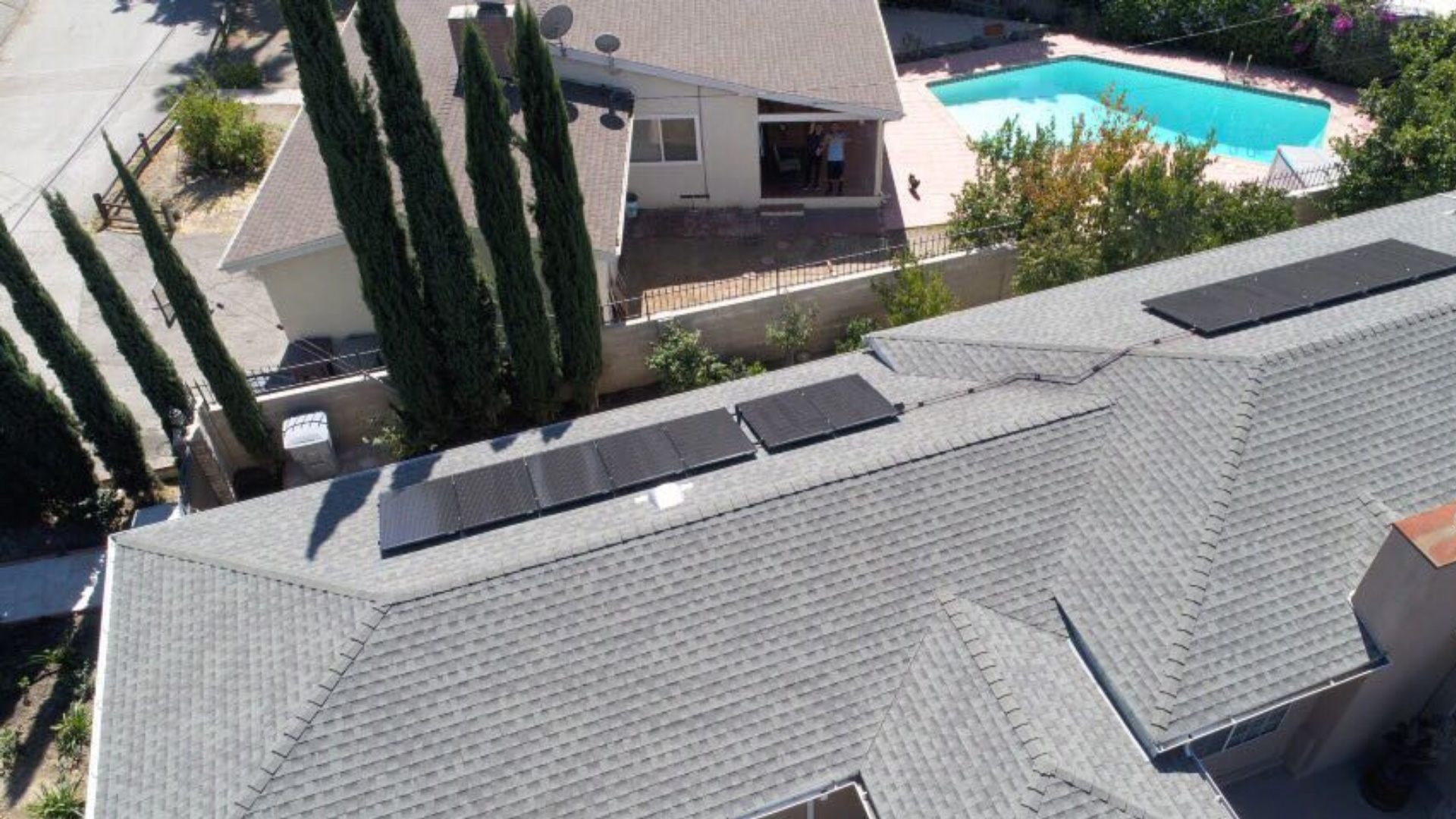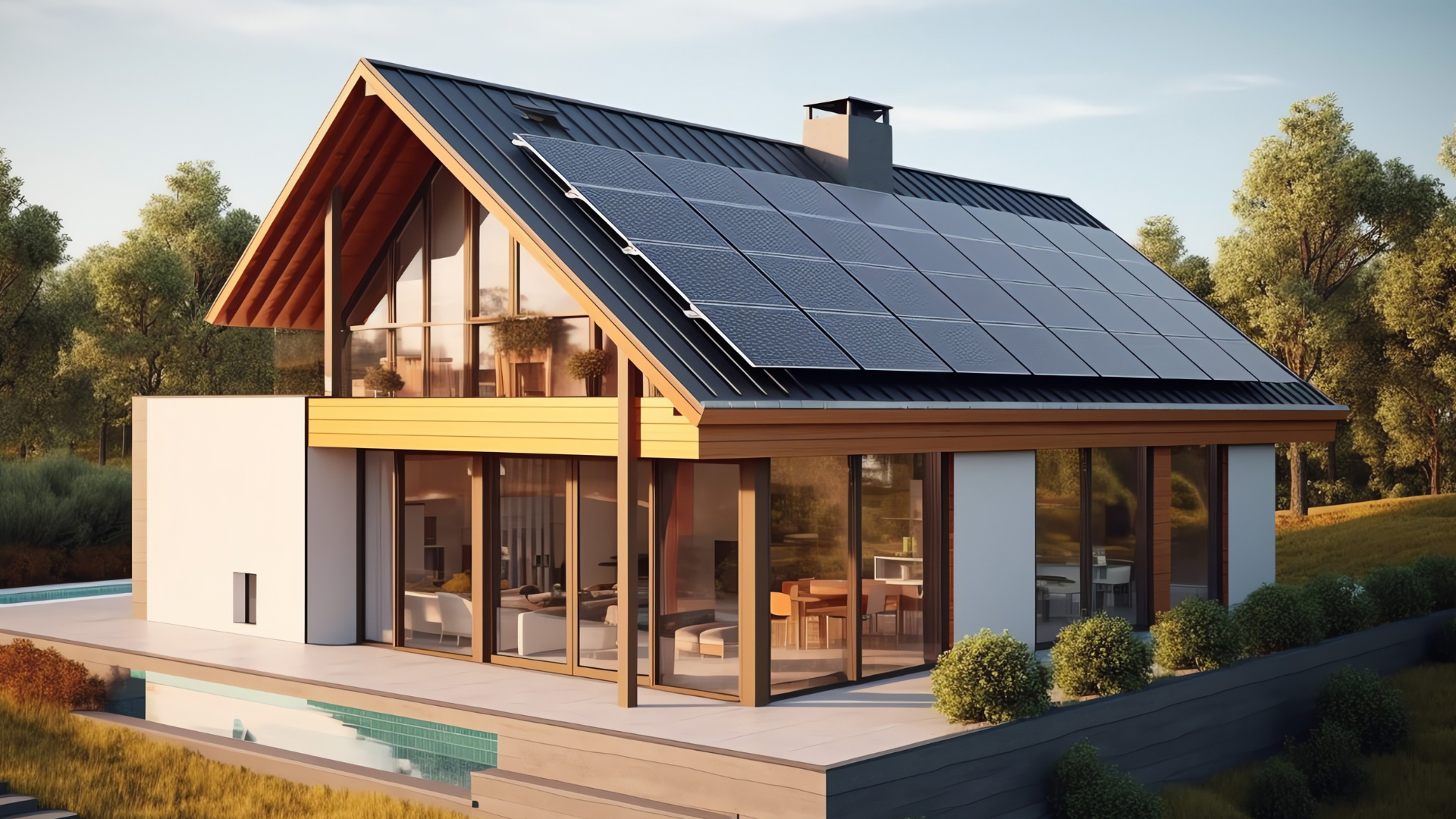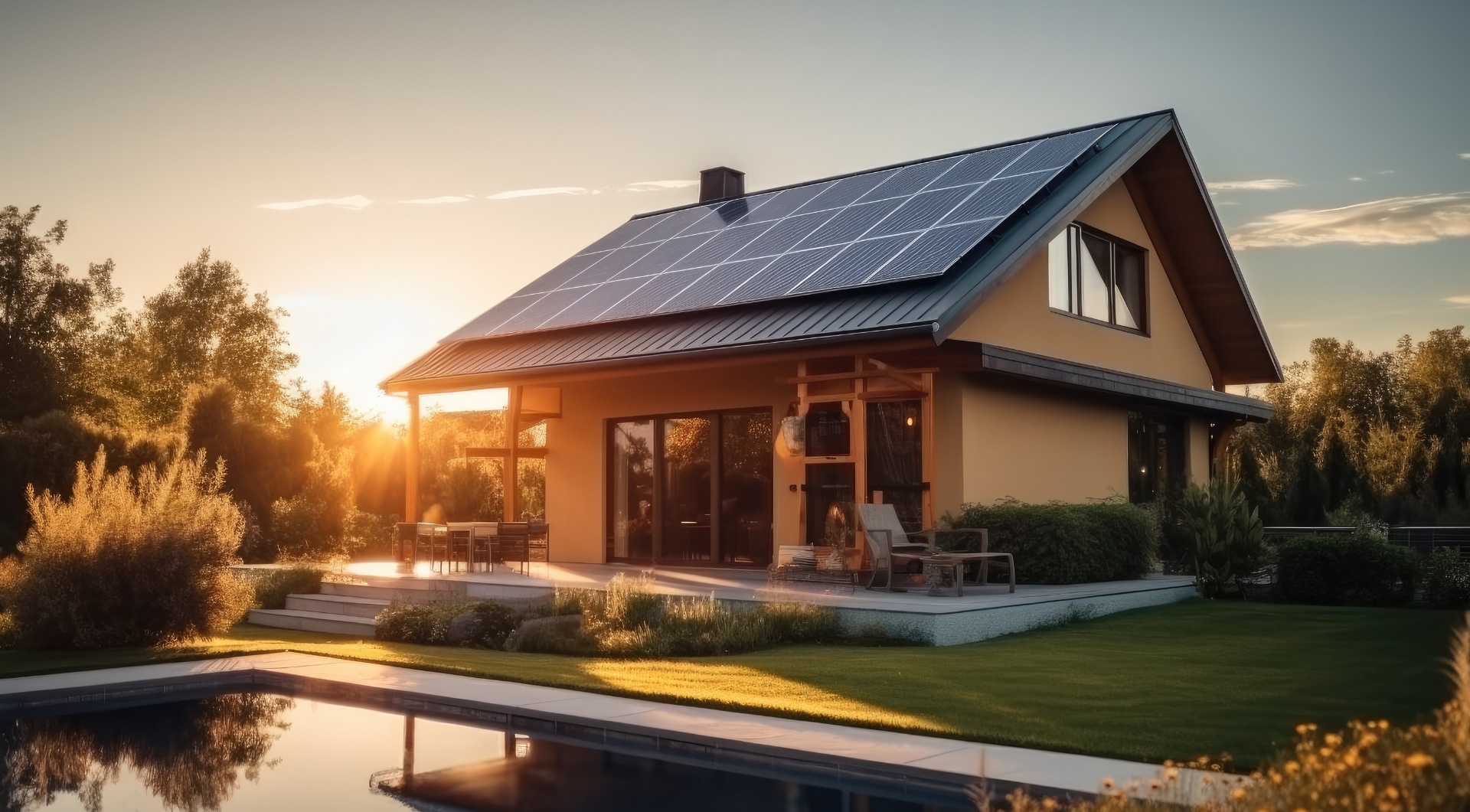The American solar panel industry has been relying on imports from Southern Asian nations for a long time, until now. Following an investigation by the Solar Energy Industries Association: SIEA regarding the tariffs impacted on all imported solar panels and products, there has been a significant dip in the supply and availability of these products. Solar panel installers may be facing an inventory shortage soon.
So, what’s all about these tariffs? What impact would they bring to the solar industry? What’s the way forward? Continue reading to learn more.
The US Solar Panel Import in Perspective
The US solar photovoltaic panels import has been dependent on the Southern Asian nations. According to a survey conducted between January and August 2019, most of the imports were from Malaysia, with a 44.8% share of the total. Vietnam was second, followed by South Korea and Thailand.
Things were not like this until a couple of years ago. Considering that photovoltaic cells were invented in the US, it’s surprising that tables have turned towards the Southern Asian region.
You might be wondering what happened? Right! Well, it was not until 2011, when the cost of photovoltaic modules dropped, that the US has been one of the leading manufacturers of solar panels. Since then, Southern Asian countries have been selling their products at a lower price, phasing out competition from American companies. Consequently, American solar panel installers have been turning to imports from this region to sustain the growing demand for solar panels.
Solar Tariffs and How They Work
The US government has gradually placed tariffs on Asian solar panel cells and modules to save American-based solar panel manufacturers. Regardless, low-cost modules have been coming to the US, particularly from Chinese companies that have established their manufacturing in neighboring countries where these tariffs don’t apply.
In 2018, the US government ramped up its effort by placing the Section 201 tariff, a four-year policy to safeguard local manufacturers from the severe injuries caused by imports.
According to this tariff, duties began at 30% and would decrease by 5% annually until 2022. Once these rates dropped to 15%, the US government would subject photovoltaic cells to these duties. However, until 2.5 gigawatts of imported cells were achieved, an exemption was applied to allow local companies to ramp up their cell manufacture.
How the Solar Tariffs Will Benefit US Solar Manufacturers
Of course, when policies support local solar manufacturers, you would expect local manufacturers to benefit from this move. For instance, this move has been a significant factor in the tripling of crystalline silicon module assembly in the US between 2018 and 2020.
Notable companies such as Panasonic have been significant beneficiaries of this move, especially after partnering with Tesla in 2018.
Will the Solar Tariffs Impact the Availability and Supply of Solar Panels?
Yes. Even though these tariffs have been in place, more imports have been coming from the Southern Asian countries to meet the demand for solar installation in the US. Unfortunately, these tariffs were put in place when the global photovoltaic module prices were on the decline. Therefore, even though US prices have been lowering, they have not trended lower than the international average price.
This has led to impending delays and cancellation of solar projects following the impact of these tariffs on the US solar panel prices.
What’s Next?
The only way to deal with these shortages is to ask your solar installer whether they have solar panels available before you come into an agreement regarding your solar project. Meanwhile,, Solar Optimum is here to sort you out amid the impending short supply of solar panels in the US. Contact us today, and let’s help you get your solar project up and running as soon as possible.






